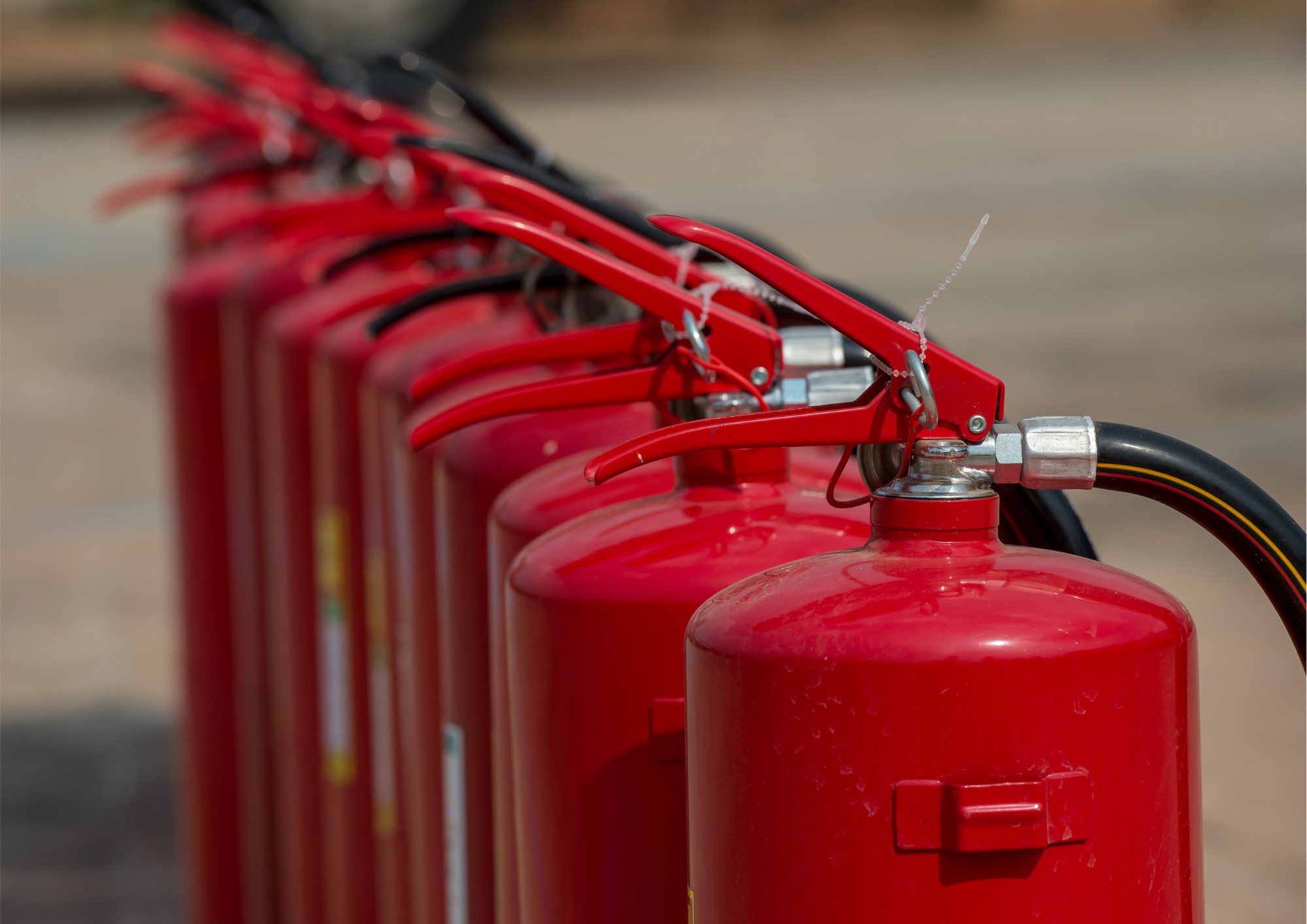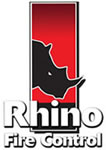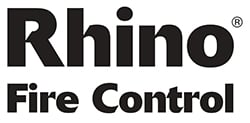
What Are The Current Installation And Maintenance Requirements for Fire Extinguishers?
Fire can never be completely ruled out in the food manufacturing industry, so effective measures are vital when tackling a blaze. Fire extinguishers are the first line of defence and can prevent a small, containable blaze from becoming a major disaster. According to Government data, in the year ending March 2020, 7 per cent of fires attended to by Fire and Rescue Services were initially tackled with fire extinguishers – a figure of approximately 5,000 fires that could have become serious infernos without prompt action.
Fire extinguisher legislation forms part of The Regulatory Reform (Fire Safety) Order 2005., The British Standard, BS5306-8, sets out the number and position of fire extinguishers required in each type of business, as well as how often each asset should be maintained.
How Many Fire Extinguishers Does My Food Processing Plant Need?
According to UK law, a minimum of two Class A fire extinguishers should be available on each floor of a building to tackle carbonaceous fires – those involving paper, wood, straw, and textiles. Class A extinguishers include three and six-litre foam extinguishers and nine-litre water extinguishers.
Do We Need Any Other Types Of Fire Extinguisher?
The nature of work undertaken in a business premises may dictate whether other types of fire extinguishers are also required to supplement Class A varieties.
Where electrical equipment is used – such as in a food manufacturing facility – CO² extinguishers are also required. These should be paired with Class A water or foam extinguishers.
Where Should Fire Extinguishers Be Positioned?
Class A fire extinguishers should be placed by fire alarm call points and emergency exits (though without obstructing evacuation routes). British Standard BS5306 states that occupants of a building should be always within 30 metres of a fire extinguisher.
Other types of extinguishers, such as dry powder or wet chemical varieties, should be stored close to the hazard, such as cooking oils, flammable liquids, or gases.
What Is The Fire Extinguisher Maintenance Schedule?
Fire extinguishers must be serviced once a year by a qualified engineer who possesses BAFE qualifications. The service should check that:
- Each fire extinguisher is in date.
- It is in good condition with no signs of damage or wear.
- The internal pressure is correct.
- The extinguisher is fit for purpose – otherwise, immediate replacement is essential.
Your Next Step
At Rhino Fire Control, we provide a comprehensive fire extinguisher supply, installation, and maintenance service for a variety of industries, including food manufacturing. Please click here to find out more about our services or call today on 01278 422705.
Image Source: Canva




